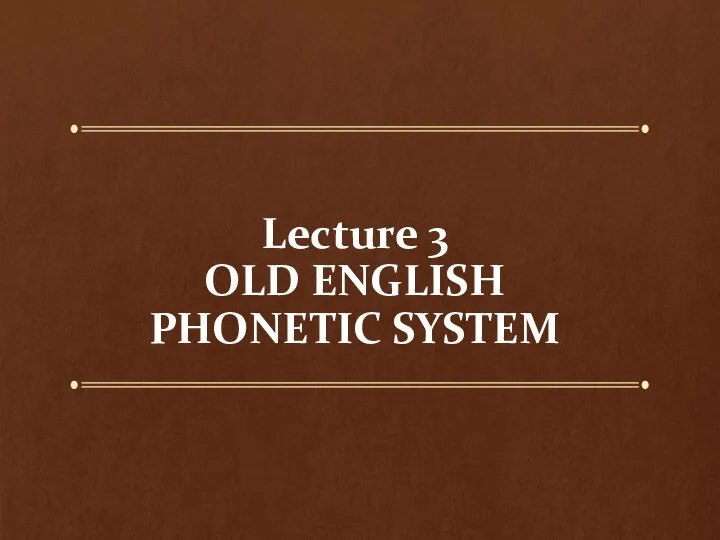Содержание
- 2. 1. What polysemantic words are. 2. Types of meaning of polysemantic words. 3. Processes of semantic
- 3. - words having only one meaning are comparatively few in number in English. Terms (synonym, molecule,
- 4. Different meanings of a polysemantic word may come together due to the proximity of notions which
- 5. Polysemantic words should be studied synchronically and diachronically. Polysemy in diachronic terms implies that a word
- 6. Polysemantic words have: 1) primary meaning; 2) derived or secondary meaning. Some of the old meanings
- 7. 1) radiation (radial); 2) concatenation (chain). Two processes of the semantic development of a word FACE
- 8. In case of concatenation secondary meaning of a word develop like a chain. In such cases
- 9. The last meanings have nothing to do with the primary ones. In such cases homonyms appear
- 10. Homonyms ( Greek homoios - identical and onoma – name) are words which are identical in
- 11. English is rich in homonyms due to its monosyllabic character. The identical form of homonyms is
- 12. There is the case of full and partial homonyms. It is connected with the concept of
- 13. Partial homonyms homophones tale and tail waste and waist flew, flu, flue bight, bite, byte homographs
- 14. Not only notional words can demonstrate homonymy but functional words as well. E.g. for and four
- 15. Lexical Seal (an animal) and seal (a stamp). The part of the speech meaning and grammatical
- 16. 1. Phonetic changes words undergo during the historical development. knight (O.E. kniht) and night (O.E niht).
- 17. 3. Word-building (conversion) – transfering from one part of the speech to another. comb, n. –
- 19. Скачать презентацию
 Old english phonetic system
Old english phonetic system My friend
My friend Body parts
Body parts Alphabet game
Alphabet game Seasons by herber
Seasons by herber Internet + дополнительные задания. Тренажёр ОГЭ, устная часть
Internet + дополнительные задания. Тренажёр ОГЭ, устная часть Top 10 sight of Orenburg Region
Top 10 sight of Orenburg Region Complete the sentences
Complete the sentences Tour jeop. Geography
Tour jeop. Geography Water pollution
Water pollution 10 places in Moscow to visit
10 places in Moscow to visit Future Tenses
Future Tenses The main facade of the Academy of Arts overlooks the Neva
The main facade of the Academy of Arts overlooks the Neva Progress check. (Module 3, lesson 44)
Progress check. (Module 3, lesson 44) Places of interest of London
Places of interest of London Equipment and instruments of dental clinic. Present Perfect Continuous
Equipment and instruments of dental clinic. Present Perfect Continuous Phraseological and metaphorical translation
Phraseological and metaphorical translation A Definition of Power
A Definition of Power Business Letters
Business Letters Quiz. The United Kingdom of Great Britain and Northern Ireland
Quiz. The United Kingdom of Great Britain and Northern Ireland World class (unit 5.3)
World class (unit 5.3) Edinburgh the capital of Scotland. Interesting places of Edinburgh
Edinburgh the capital of Scotland. Interesting places of Edinburgh Easter in Britain
Easter in Britain What’s the time
What’s the time Тourism in Kazan today
Тourism in Kazan today Special Easter Lesson
Special Easter Lesson Thanslation theory translating process
Thanslation theory translating process Research methods and techniques. Various stages of a research
Research methods and techniques. Various stages of a research